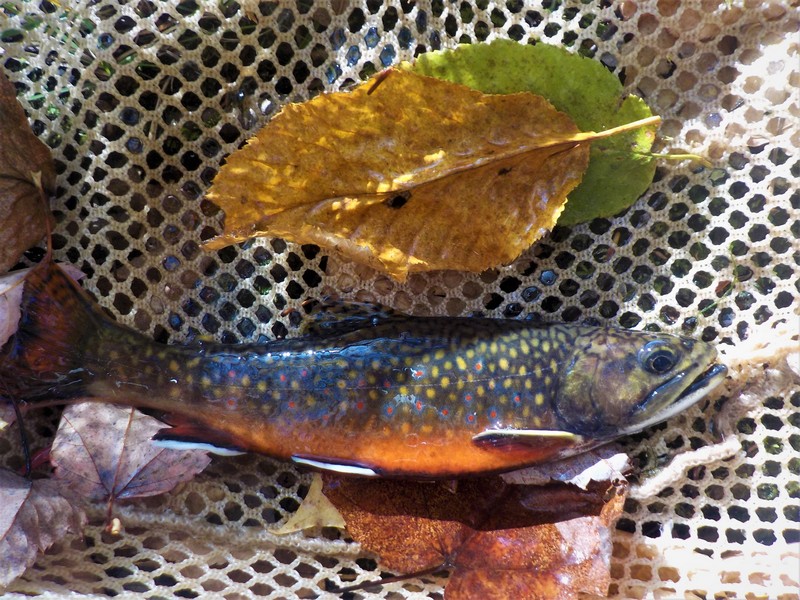March 5 – GBTU Guest Speaker #5 (2019-20)
Article written on 2020-02-25 by: Adrian Meseberg

Many of us have wondered how trout movement maybe altered due to stream obstructions. Knowing these impacts can help folks like us, interested in improving trout waters, do a better job.
United States Forest Service Fisheries Technician, Nick Berndt, has been studying this very issue. On March 5th he will share his findings with us.
Below is a summary provided by Nick…
Within the boundaries of the Chequamegon Nicolet National Forest there are 509 road stream crossings on over 1400 miles of classified trout streams. Man-made barriers such as failing and perched culverts at some of these crossings can impede fish movement. In addition to man-made barriers, natural barriers such as steep plunge pools, waterfalls, and beaver dams among others all contribute to restricted fish movement. However, opinions vary as to the size and height of just what kind of barriers brook trout can successfully navigate. I found little information on brook trout swimming performance in small northern Wisconsin streams as it relates to culvert and natural barrier passage. What barriers can brook trout actually overcome in a small stream? Do brook trout bother to move past these barriers, or can they live successfully with barriers present? Understanding the physical limitations of brook trout can provide insight as to how trout move within a specific stream reach, and can help prioritize culvert replacement on National Forest lands.
2019-20 PROGRAM MEETING #5 DETAILS BELOW…
- Date – Thursday, March 5th
- Time – 5:30p – BOD meeting / 7p – Guest Speaker
- Location – Townline Bar and Grill; 2544 Lineville Rd, Suamico WI 54313
- Details – Nick Berndt, Fisheries Technician – United States Forest Service
- Presentation Title – Using Fin Clips to Assess Brook Trout Movement through Culverts and Natural Barriers
- Extras – Free Food, Soda and Door Prizes !
We look forward to seeing you there !
Thank you for all you do for Wisconsin’s coldwater resources !!